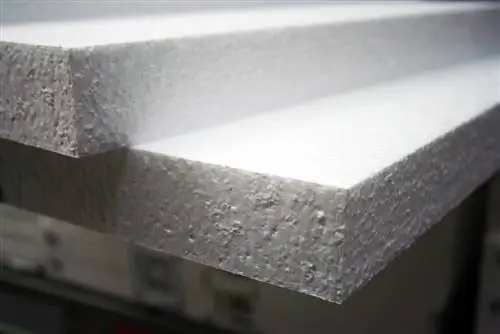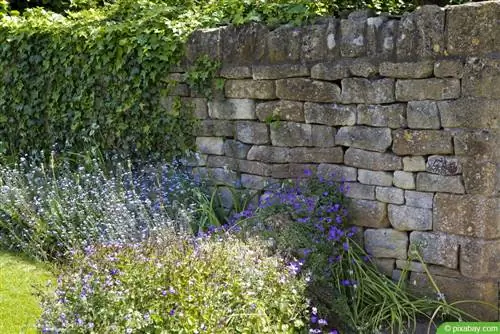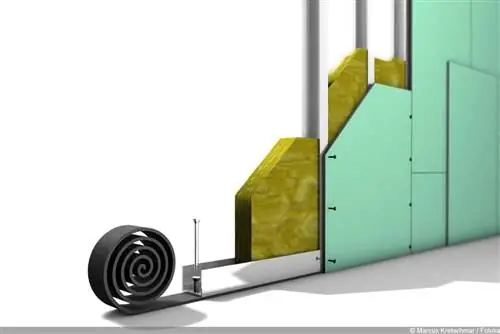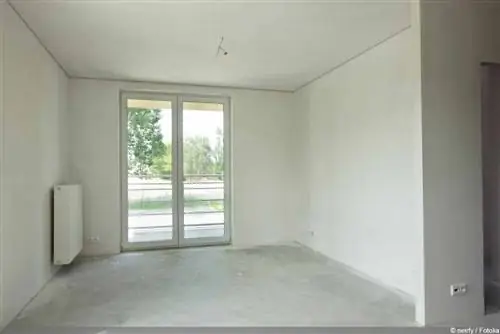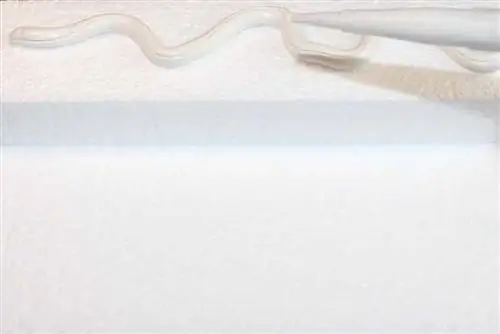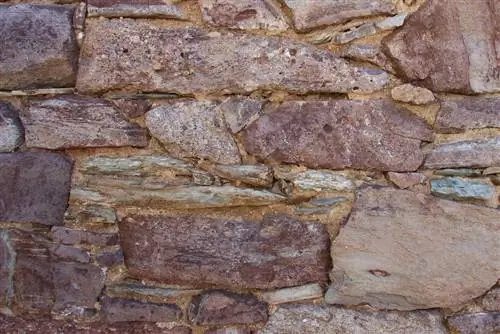- Author admin [email protected].
- Public 2023-12-17 03:39.
- Last modified 2025-01-24 12:45.
Wall and ceiling cladding made of Styrofoam panels was once extremely popular. Today, however, you can often no longer see them. They must be removed. This isn't a big problem with the plates themselves. However, it is much more difficult to get the adhesive residue off the wall. Removing these takes a lot of work and takes a lot of time. Our tips will help.
Glue problem

In order for Styrofoam panels to adhere securely and long-term to a wall or ceiling, a very effective adhesive must be used. The products available in stores are usually perfect for this. However, they also stick so strongly that after removing Styrofoam panels, a lot of residue remains on the wall. Unfortunately, there is currently no miracle cure that can easily remove these residues. Without direct manual action and tools, it is difficult to get the glue off. Of course, this raises the question of whether it needs to be removed at all. Unfortunately, the answer to that is: “Yes”. If you leave it on the wall or ceiling, it not only looks very unsightly, but can also lead to problems when painting or re-gluing.
Spatula
The spatula is undoubtedly the classic tool that can be used to remove adhesive residue. Above all, it makes it possible to work very precisely and to reduce any damage to the plaster to a minimum. So-called stick spatulas or painters' and steel spatulas are ideal for this. This is how you proceed when removing Styrofoam adhesive residue with a spatula:
- Always place the steel sheet at as acute an angle as possible to the wall or ceiling
- The goal is to get the sheet under the adhesive residue as effectively as possible
- Then scrape off the adhesive residue piece by piece using thrusting movements
- Remove the edge or cutting edge of the edge from any remaining residue
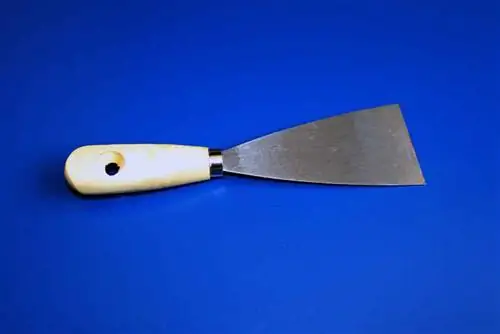
Removing the Styrofoam glue with a spatula is laborious and requires a lot of strength. In this way, however, both small and large residues can be removed relatively easily without causing too much damage to the surface. However, it cannot be avoided that pieces of the plaster break off. Basically, regardless of the method used to remove adhesive residue, the surface must then be cleanly reworked. Usually smaller holes in the plaster have to be filled.
Tip:
Before you start removing the adhesive residue with the spatula, we recommend spraying the entire area well with a mixture of water and dishwashing liquid and letting it take effect for a while or using a steam wallpaper remover. This means the glue won't come off on its own, but it will be a little easier to remove.
Hand grinder and milling machine
Of course, you can also use electrical devices to remove Styrofoam glue residue. The main options here are hand grinders and milling machines, which you can also borrow from specialist retailers. Even though the muscle power of these tools is supported by a motor, a relatively large amount of force is still required - especially if you have to work on a ceiling overhead. Both the grinder and the milling machine remove the residue very evenly. However, with a milling machine, the probability that the plaster will be damaged over a large area is also very high. As a rule, plastering must be carried out again after using the machines.
Note: When removing adhesive residue using a grinder or cutter, you should definitely wear protective clothing and, above all, safety glasses.
Nail roller
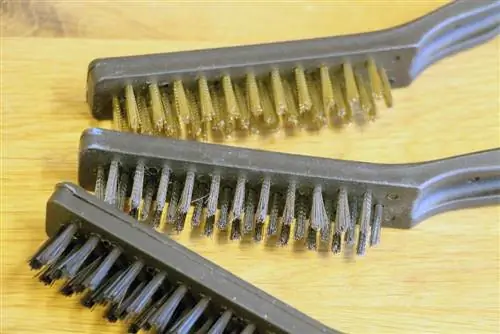
The nail roller alone cannot remove the remains of Styrofoam glue, but it can be extremely helpful when it comes to particularly large areas. If you move the roller intensively over the adhesive surface, it usually breaks up and thus provides starting points for the spatula to be used. The nail roller should be applied with as much pressure as possible and evenly over the entire surface. It is often necessary to repeat the process several times. You have reached your goal when the first smaller pieces break out of the overall area.
Special solvers
Even if there is no general miracle cure for removing Styrofoam adhesive residue, special solvents may be helpful for certain types of adhesive. Such products are available from specialist retailers. However, you should know which glue you used. If you don't know that anymore, it usually only helps to try out a certain remedy if you're lucky. It is important to follow the instructions for use and, above all, the dosage instructions on the packaging. In addition, good ventilation is essential after application.
Hammer and chisel
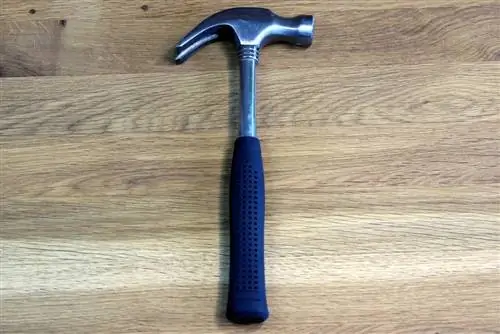
If the adhesive adhesions are so strong and large that they cannot be removed with the tools mentioned so far, the only thing that usually helps is a hammer and chisel. This then removes the adhesive and plaster. Afterwards you have to re-plaster and paint.

